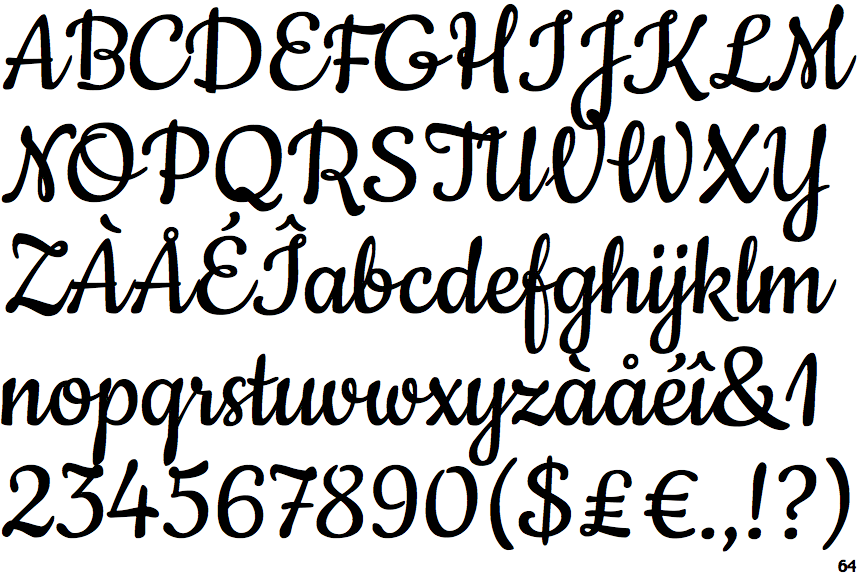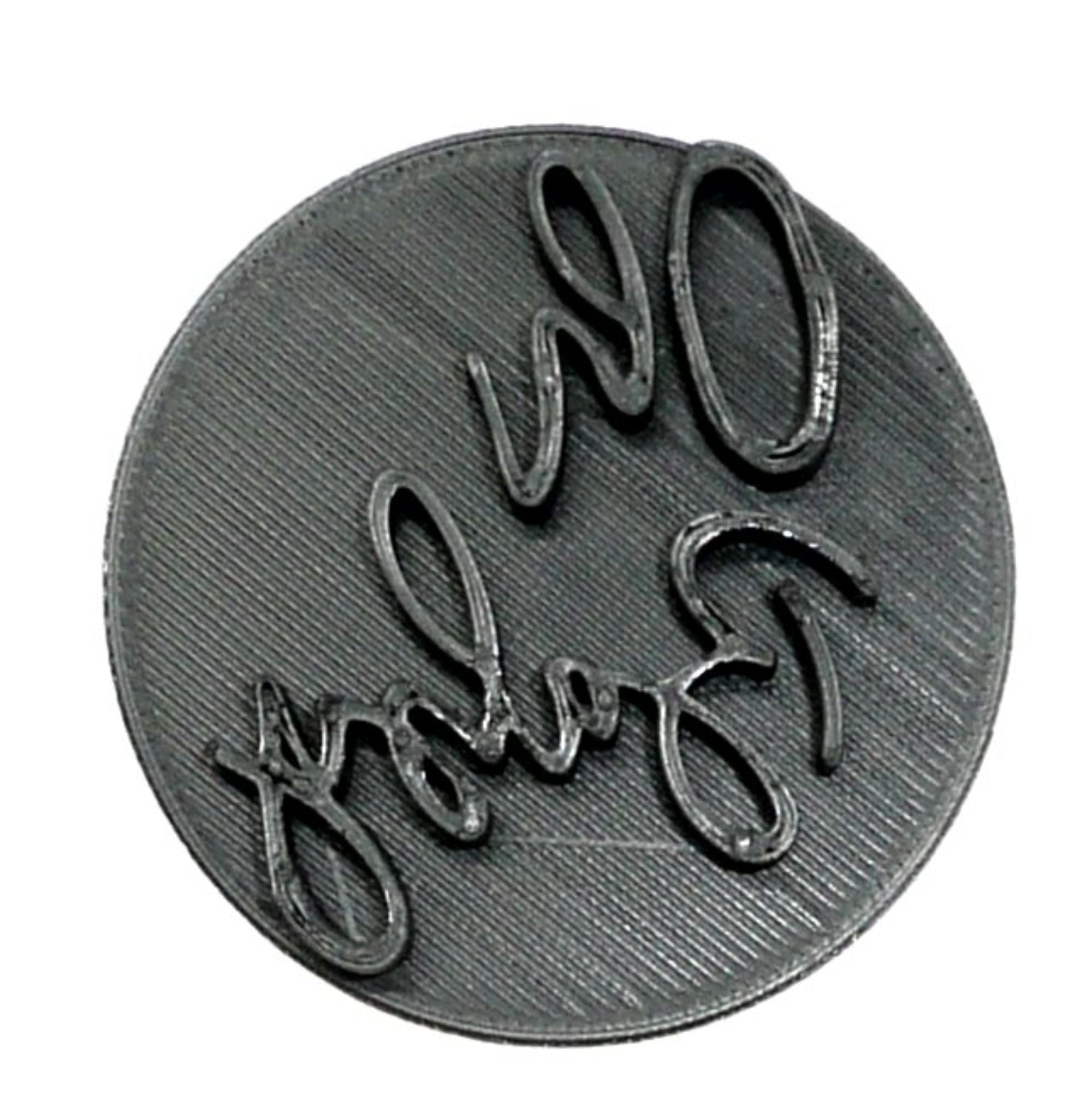
For example in feedback forms, an attacker can submit the malicious payload using the form, and once the backend user/admin of the application will open the attacker’s submitted form via the backend application, the attacker’s payload will get executed.īlind Cross-site Scripting is hard to confirm in the real-world scenario but one of the best tools for this is XSS Hunter. It generally occurs when the attacker’s payload saved on the server and reflected back to the victim from the backend application. Blind Cross-site Scriptingīlind Cross-site Scripting is a form of persistent XSS. XSS is also sometimes referred to as Persistent or Type-I XSS. Script from the server when it requests the stored information.

On the target servers, such as in a database, in a message forum, Stored attacks are those where the injected script is permanently stored There is a third, much less well-known type of XSS attack XSS attacks can generally be categorized into two categories: stored and Private data, like cookies or other session information, to theĪttacker, redirecting the victim to web content controlled by theĪttacker, or performing other malicious operations on the user’s machine On XSS is almost limitless, but they commonly include transmitting
#COOKIE SCRIPT FONT CODE#
Type of code that the browser may execute. Segment of JavaScript, but may also include HTML, Flash, or any other The malicious content sent to the web browser often takes the form of a
#COOKIE SCRIPT FONT HOW TO#
See the latest OWASP Testing Guide article on how to How to Test for Cross-site scripting Vulnerabilities How to Review Code for Cross-site scripting Vulnerabilities OWASP Development Guide article on Phishing.OWASP Development Guide article on Data Validation.XSS (Cross Site Scripting) Prevention Cheat Sheet.Related Security Activities How to Avoid Cross-site scripting Vulnerabilities For more details on the different types of XSSįlaws, see: Types of Cross-Site Scripting. These scripts can even rewrite theĬontent of the HTML page. Script came from a trusted source, the malicious script can access anyĬookies, session tokens, or other sensitive information retained by theīrowser and used with that site. Not be trusted, and will execute the script. The end user’s browser has no way to know that the script should User within the output it generates without validating or encoding it.Īn attacker can use XSS to send a malicious script to an unsuspecting Quite widespread and occur anywhere a web application uses input from a Flaws that allow these attacks to succeed are


Send malicious code, generally in the form of a browser side script, toĪ different end user. XSS attacks occur when an attacker uses a web application to Malicious scripts are injected into otherwise benign and trusted Contributor(s): Jim Manico, Jeff Williams, Dave Wichers, Adar Weidman, Roman, Alan Jex, Andrew Smith, Jeff Knutson, Imifos, Erez Yalon, kingthorin, Vikas KhannaĬross-Site Scripting (XSS) attacks are a type of injection, in which


 0 kommentar(er)
0 kommentar(er)
